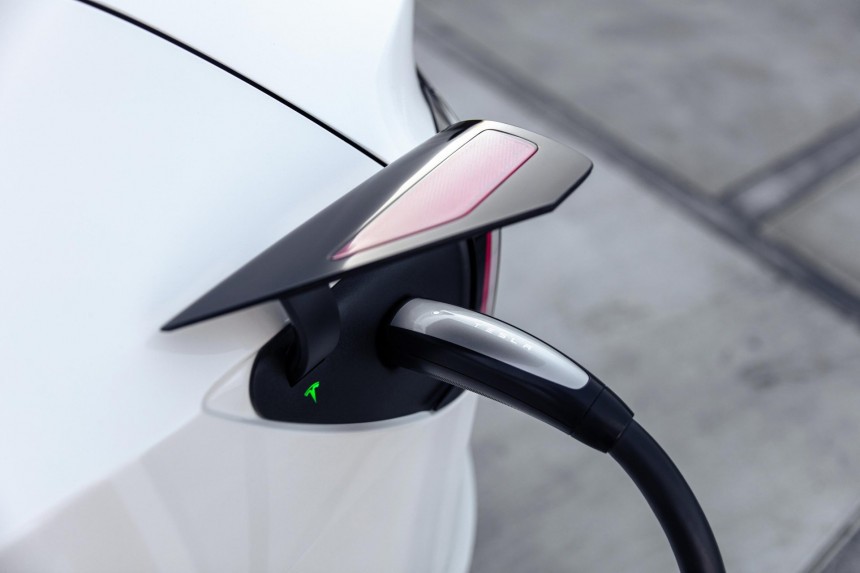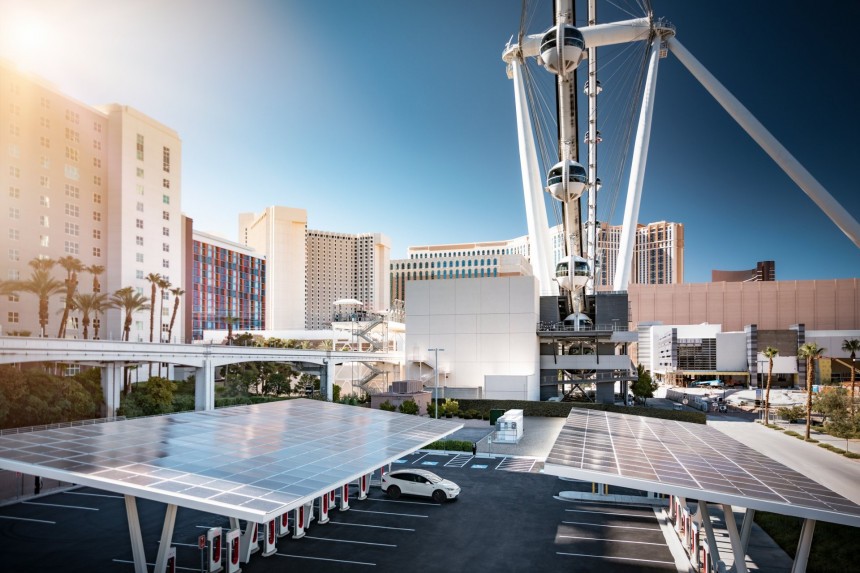In many parts of North America, buying an EV to ensure you have extended personal mobility can make a lot of sense. That's especially true for people who have a driveway or a garage. They can plug in the car overnight and wake up to an almost "full tank" in the morning. But for some excited EV owners, it could become an uphill battle.
Right now, the best battery-powered car anyone can buy to turn it into a trustworthy and dependable commuting appliance is a used or brand-new Tesla Model 3. Everyone heard nightmare stories about the now-Texas-based brand, that's true. The company's CEO is also a very outspoken person and an unusual character for someone who plays such an important role in not just one major company but several. That's, again, true.
Then, there's the parts shortage saga, the firings, and the unhappy owners who have taken to social media to ask the company for help. Fortunately, that hasn't happened as often lately. Buying a mass-production Tesla isn't a gamble any longer. Even the automaker's lawyers argued in court that the EVs should last a little over 130,000 miles (209,215 kilometers) before needing very expensive repairs or a final visit to the salvage yard.
You might also have heard that battery packs are sensitive and expensive to replace. Fret not; Tesla offers an eight-year or 100,000-mile warranty. If the battery's energy retention capacity drops below 70 percent or fails for whatever reason, that doesn't include user error.
However, this EV has two big advantages: an affordable acquisition price and not having a gas tank. When writing, the dual-motor Model 3 and the Model 3 Performance are eligible for the EV tax credit. That means any qualifying buyer can get the former for $39,990 and the latter for $47,490.
If you can't or don't want to spend so much money on a four-door sedan, then you have the option of buying a used one. Teslas aren't expensive on the secondary market, and Uncle Sam is giving buyers up to $4,000 for choosing to buy one or any other all-electric car for that matter.
Someone just like you and I weighed the pros and cons of EV ownership and decided to buy a Model 3 Standard Range. The California-based individual replaced an old Dodge Dart. He needed the ride to commute, so it was paramount to get something reliable because they work for a federal agency. Besides that, they wanted to cut back on fuel costs by charging overnight at home.
Sadly, the Homeowners Association (HOA) was quick to let them know that they couldn't plug in the Model 3 without a few modifications. They received a letter that explicitly stated charging in the garage was prohibited. The HOA reminded the EV owner that the space had the necessary wiring for one light or a garage door opener. Plugging in a car would "likely cause the circuits to overload, popping the breaker."
On top of that, the letter also said that charging an EV in the detached garage would be a fire hazard and that electricity is paid for by everyone living in that condominium. So, other homeowners would cover the energy going into their Tesla.
As such, to avoid a fire hazard and extra expenses for other members of the HOA, the Model 3 owner was advised to obtain express approval from the HOA for charging a car at home and ask the utility company to install a separate meter for their charger. This could mean extra expenses for proper wiring, and they would also have to obtain a permit for installing such supply equipment.
Essentially, the EV owner was looking at a minimum investment of $1,000. However, depending on their situation, an electrician could also determine that a new transformer is needed, and that would raise the cost tenfold.
In the Golden State, charging a Tesla at home costs between $16 and (if you don't charge during off-peak hours) $30 on average. That should result in a range of about 250 miles (402 kilometers). Most people commute around 50 miles (80 kilometers) every day. So, one full charge should be enough for the whole workweek.
That tells us that the person would have recouped a $1,000 to $2,000 investment in about eight months. Having the proper setup for EV charging would also increase their property's resale value.
Supercharging in California is not cheap. Tesla charges up to $0.60 per kWh, which means a battery top-up can cost upwards of $35 for a Model 3 RWD with the LFP pack and $47 for a Model 3 LR with the NMC battery.
All this is an important lesson for anyone willing to make the transition to a battery-powered vehicle. If you want to maximize its potential, you have to make sure that you can charge it at home overnight or at work. It'll be great for the environment, for the grid, and for your pocket. But in an ideal scenario, the energy that goes into the battery is obtained via renewable power generation. Solar installations are expensive, though.
Then, there's the parts shortage saga, the firings, and the unhappy owners who have taken to social media to ask the company for help. Fortunately, that hasn't happened as often lately. Buying a mass-production Tesla isn't a gamble any longer. Even the automaker's lawyers argued in court that the EVs should last a little over 130,000 miles (209,215 kilometers) before needing very expensive repairs or a final visit to the salvage yard.
You might also have heard that battery packs are sensitive and expensive to replace. Fret not; Tesla offers an eight-year or 100,000-mile warranty. If the battery's energy retention capacity drops below 70 percent or fails for whatever reason, that doesn't include user error.
However, this EV has two big advantages: an affordable acquisition price and not having a gas tank. When writing, the dual-motor Model 3 and the Model 3 Performance are eligible for the EV tax credit. That means any qualifying buyer can get the former for $39,990 and the latter for $47,490.
Honeymoon's over
One issue new EV owners might have to deal with is pricey insurance. But this trend could come to an end soon because honest shop owners are pushing back against things that make insuring EVs a nightmare for both companies and owners.Someone just like you and I weighed the pros and cons of EV ownership and decided to buy a Model 3 Standard Range. The California-based individual replaced an old Dodge Dart. He needed the ride to commute, so it was paramount to get something reliable because they work for a federal agency. Besides that, they wanted to cut back on fuel costs by charging overnight at home.
Sadly, the Homeowners Association (HOA) was quick to let them know that they couldn't plug in the Model 3 without a few modifications. They received a letter that explicitly stated charging in the garage was prohibited. The HOA reminded the EV owner that the space had the necessary wiring for one light or a garage door opener. Plugging in a car would "likely cause the circuits to overload, popping the breaker."
As such, to avoid a fire hazard and extra expenses for other members of the HOA, the Model 3 owner was advised to obtain express approval from the HOA for charging a car at home and ask the utility company to install a separate meter for their charger. This could mean extra expenses for proper wiring, and they would also have to obtain a permit for installing such supply equipment.
Essentially, the EV owner was looking at a minimum investment of $1,000. However, depending on their situation, an electrician could also determine that a new transformer is needed, and that would raise the cost tenfold.
Not worth it
The person said on Reddit that they would stick to Superchargers and replenish the vehicle's battery at work, despite there not being enough pedestals for everyone. They didn't want to deal with so much hassle just to charge at home, which is somewhat understandable.That tells us that the person would have recouped a $1,000 to $2,000 investment in about eight months. Having the proper setup for EV charging would also increase their property's resale value.
Supercharging in California is not cheap. Tesla charges up to $0.60 per kWh, which means a battery top-up can cost upwards of $35 for a Model 3 RWD with the LFP pack and $47 for a Model 3 LR with the NMC battery.
All this is an important lesson for anyone willing to make the transition to a battery-powered vehicle. If you want to maximize its potential, you have to make sure that you can charge it at home overnight or at work. It'll be great for the environment, for the grid, and for your pocket. But in an ideal scenario, the energy that goes into the battery is obtained via renewable power generation. Solar installations are expensive, though.
















